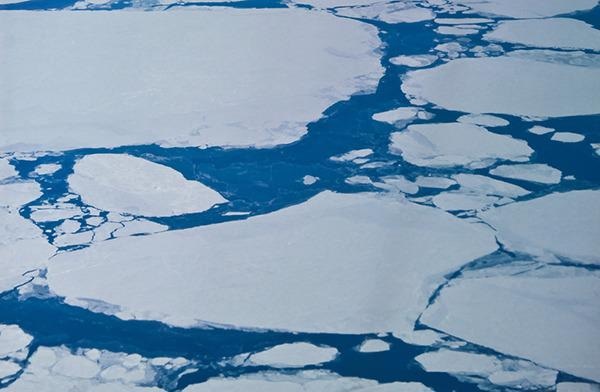Reviewed by Alex SmithAug 17 2021
According to new research, crossing the tipping points in the climate system possibly increases the economic impacts of climate change.
 Breaking ice sheet off Greenland. Image Caption: KuntalSaha/istock.
Breaking ice sheet off Greenland. Image Caption: KuntalSaha/istock.
A group of researchers from the London School of Economics and Political Science, University of Delaware and New York University has developed a new model to predict the economic effects of climate tipping points, such as the detachment of the Greenland Ice Sheet.
The study was published on August 16th, 2021, in the journal Proceedings of the National Academy of Sciences. The paper titled “Economic impacts of tipping points in the climate system” was authored by Simon Dietz, James Rising, Thomas Stoerk and Gernot Wagner.
From the authors’ perspective, the risks of these tipping points raise the economic cost of damages that could be expected from climate change by almost 25%, when compared to earlier predictions.
The authors point that the outcomes for their main scenario could turn conservative and that tipping points could elevate the risks of greater damages. The study reveals the presence of a 10% chance of the tipping points leading to doubling of the costs of climate change effects, and a 5% chance of increasing the cost by three times.
Eight tipping points were considered by the authors, which have also been explained in the scientific literature:
- Disintegration of ocean methane hydrates adding to more methane emissions, which flow back into the methane cycle.
- Arctic sea ice loss (also termed “the surface albedo feedback”) causing changes in radiative forcing, directly impacting warming
- Detachment of the Greenland Ice Sheet, increasing sea-level rise
- Thawing of permafrost resulting carbon feedback in additional carbon dioxide and methane emissions, which enters into the carbon dioxide and methane cycles
- Dieback of the Amazon rainforest releasing carbon dioxide, which flows back into the carbon dioxide cycle
- Disintegration of West Antarctic Ice Sheet, leading to sea-level rise
- Changes in the Indian summer monsoon causing a direct effect on the GDP per capita in India
- Slowdown of the Atlantic Meridional Overturning Circulation modulating the relation between national mean surface temperature and global mean surface temperature
The study observed that the economic losses relating to the tipping points would occur across the globe. The dissociation of ocean methane hydrates and thawing permafrost would cause the biggest economic impacts.
The model is equipped with national-level climate damages from rising temperature and sea levels for 180 countries. The authors stress that their estimates of the impacts could be underestimated. However, their models can potentially be updated as more information about tipping points is discovered.
Climate scientists have long emphasized the importance of climate tipping points like thawing permafrost, ice sheet disintegration, and changes in atmospheric circulation. Yet, save for a few fragmented studies, climate economics has either ignored them, or represented them in highly stylised ways. We provide unified estimates of the economic impacts of all eight climate tipping points covered in the economic literature so far.
Simon Dietz, Professor, Department of Geography and Environment and the Grantham Research Institute on Climate Change and the Environment, London School of Economics and Political Science
Journal Reference:
Dietz, S., et al. (2021) Economic impacts of tipping points in the climate system. Proceedings of the National Academy of Sciences. doi.org/10.1073/pnas.2103081118.